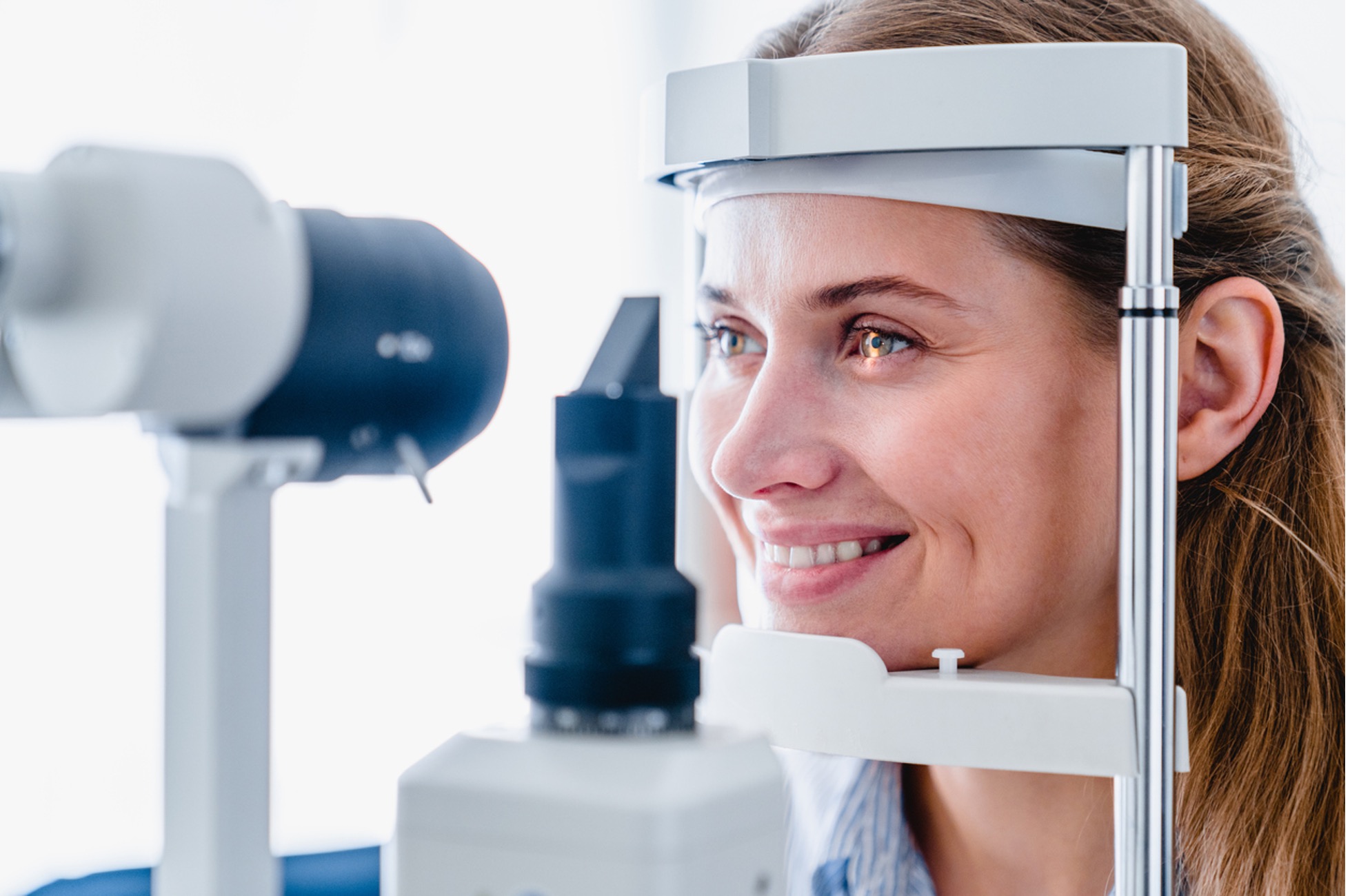High-grade Retina Service Near Me: Leading Eye Care Providers
High-grade Retina Service Near Me: Leading Eye Care Providers
Blog Article
The Duty of Advanced Diagnostic Equipment in Identifying Eye Disorders
In the world of ophthalmology, the use of innovative diagnostic devices has reinvented the early identification and management of various eye disorders. As the demand for specific and prompt diagnoses proceeds to expand, the assimilation of innovative devices like optical comprehensibility tomography and aesthetic field screening has actually ended up being indispensable in the world of eye treatment.
Value of Very Early Diagnosis
Early medical diagnosis plays a critical duty in the reliable management and therapy of eye problems. Timely identification of eye conditions is crucial as it enables prompt treatment, possibly avoiding further development of the illness and minimizing lasting complications. By finding eye disorders at an onset, medical care carriers can provide suitable treatment plans tailored to the certain condition, ultimately causing better end results for individuals. Furthermore, early diagnosis allows individuals to access necessary assistance services and resources faster, improving their total high quality of life.
Modern Technology for Discovering Glaucoma
Advanced diagnostic technologies play a vital duty in the early discovery and surveillance of glaucoma, a leading reason of irreparable loss of sight worldwide. An additional advanced tool is visual field testing, which maps the sensitivity of an individual's visual field, aiding to find any kind of locations of vision loss quality of glaucoma. These advanced analysis tools allow ophthalmologists to diagnose glaucoma in its early phases, permitting for timely intervention and much better monitoring of the condition to prevent vision loss.
Function of Optical Comprehensibility Tomography

OCT's capacity to measure retinal nerve fiber layer density enables for exact and unbiased dimensions, aiding in the early detection of glaucoma also prior to visual field flaws end up being evident. OCT innovation permits longitudinal monitoring of architectural adjustments over time, assisting in tailored therapy strategies and timely interventions to assist maintain people' vision. The non-invasive nature of OCT imaging also makes it a recommended option for checking glaucoma progression, as it can be duplicated frequently without creating discomfort to the patient. Generally, OCT plays a crucial role in enhancing the diagnostic accuracy and monitoring of glaucoma, inevitably adding to much better results for people in danger of vision loss.
Enhancing Diagnosis With Visual Area Screening
A necessary element in detailed ocular assessments, aesthetic field testing plays a crucial function in enhancing the diagnostic procedure for numerous eye conditions. By analyzing the complete extent of a patient's visual field, this test supplies vital info concerning the functional stability of the entire visual path, from the retina to the visual cortex.
Visual field screening is especially important in the medical diagnosis and management of problems such as glaucoma, optic nerve problems, and various neurological conditions that can affect vision. Through quantitative dimensions of peripheral and central vision, medical professionals can spot refined modifications that may show the presence or progression of these conditions, also before noticeable signs take place.
Additionally, aesthetic area testing allows for the surveillance of treatment effectiveness, helping ophthalmologists customize restorative treatments to individual patients. eyecare near me. By tracking modifications in visual field why not check here efficiency gradually, health care companies can make informed decisions regarding adjusting medications, suggesting medical treatments, or try this website implementing various other appropriate measures to preserve or improve an individual's aesthetic feature
Managing Macular Deterioration

Verdict
In conclusion, progressed analysis devices play a vital duty in determining eye conditions early on. Technologies such as Optical Comprehensibility Tomography and visual area screening have substantially discover this enhanced the accuracy and performance of identifying problems like glaucoma and macular deterioration.
Report this page